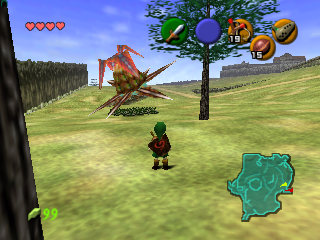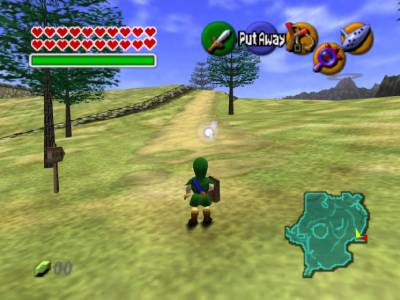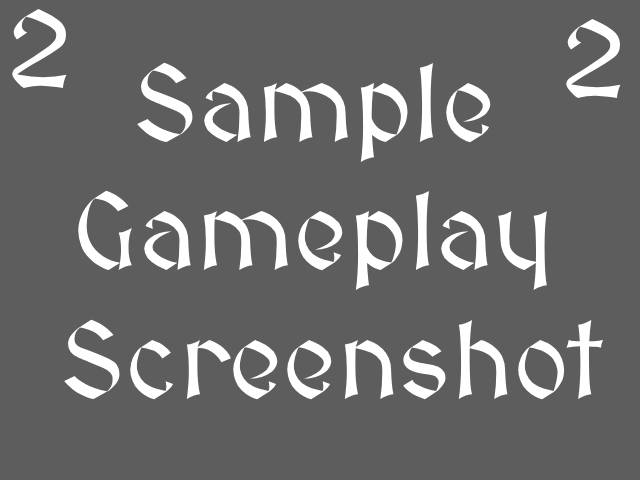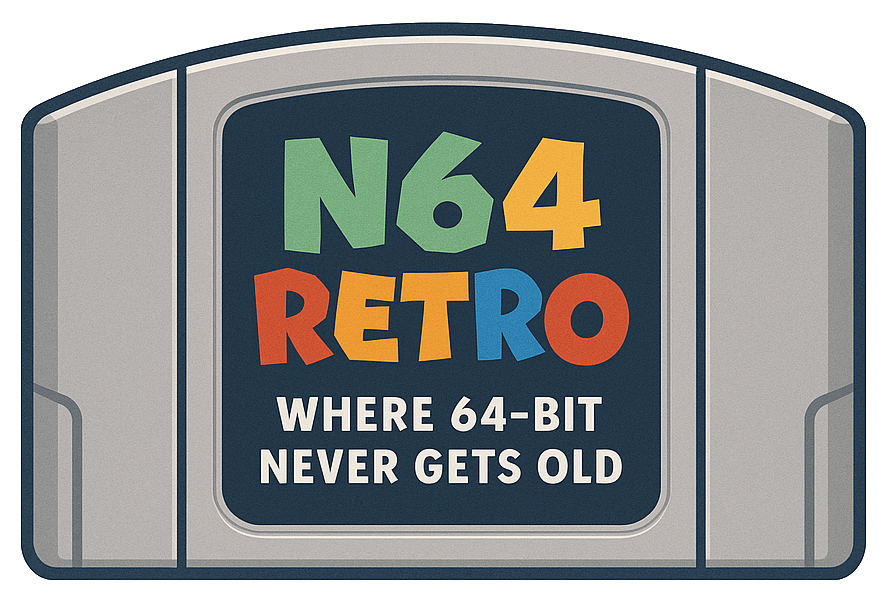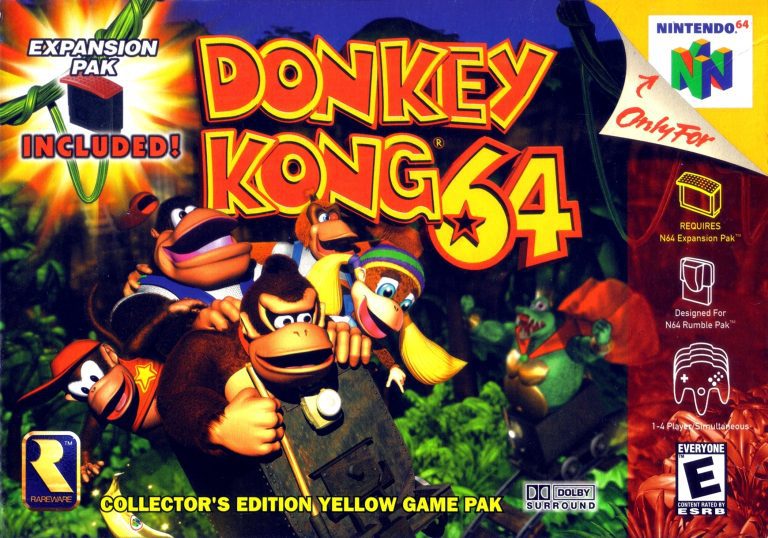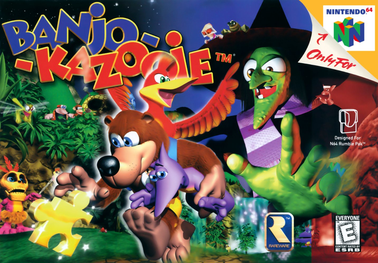Game Stats
- Developer: Nintendo
- Publisher: Nintendo
- Genre: Platformer
- PAL Release Date: 01/03/1997
- Metacritic Score: 94
- Single/Multiplayer: Single
- Expansion Pak Compatible: No
- Available on Nintendo Switch Online: Yes
What We Said Then
Nintendo’s Super Mario 64 bursts onto the Nintendo 64 as a revolutionary leap into 3D gaming. For the first time, players can guide Mario through fully explorable worlds, each packed with secrets, challenges, and charm. The analog control stick offers unprecedented precision, making running, jumping, and acrobatics feel natural and fluid. Peach’s Castle serves as a clever hub, leading to richly varied levels filled with puzzles, enemies, and stars to collect. With its vibrant graphics, playful music, and sense of freedom, Super Mario 64 isn’t just another Mario game—it’s a bold reinvention that sets a new standard for the future of platforming.
What We Say Now
When Nintendo launched the Nintendo 64 in 1996, they did so with a single game that redefined not only the Mario series but the entire video game landscape: Super Mario 64. Widely considered one of the most important and influential titles of all time, it was the first true 3D platformer and set the standard for how 3D movement, exploration, and camera systems should function. Nearly three decades later, Super Mario 64 remains a landmark achievement in game design.
The story is simple, as expected from a Mario game: Princess Peach invites Mario to her castle for cake, only for Bowser to kidnap her and seal her away. To rescue her, Mario must collect Power Stars hidden within magical paintings throughout the castle. The premise is minimal, but it serves as the perfect excuse for exploration, platforming, and discovery – the true heart of the game.
Gameplay is where Super Mario 64 changed everything. Mario’s move set was expansive for its time, giving players freedom of movement never before seen. He could triple jump, wall kick, crawl, ground pound, and even swim with remarkable precision. The tight controls meant Mario felt responsive and fun to control in any situation, making traversal itself a joy. The castle hub served as a central playground, with each painting transporting Mario into diverse worlds filled with objectives, secrets, and enemies.
Each course contained multiple Power Stars, often earned through clever platforming, puzzle solving, or boss fights. Crucially, players could tackle stars in almost any order, providing a level of non-linear freedom that felt revolutionary in 1996. The design encouraged curiosity, rewarding players for exploring off the beaten path. The sheer variety – from scaling Whomp’s Fortress to swimming through Dire, Dire Docks or riding Koopa shells in Tiny-Huge Island – kept the experience fresh from start to finish.
Graphically, Super Mario 64 was a revelation at launch. The colorful, cartoon-like worlds popped off the screen, creating a bright and inviting atmosphere that contrasted sharply with the blockier, darker 3D experiments of the era. Yes, the polygonal models look primitive today, but the art direction gives the game a timeless charm. The simple yet expressive animations, like Mario’s grin or Bowser’s menacing smirk, made the characters feel alive in a way that few games had managed before.
The sound design is equally iconic. Koji Kondo’s soundtrack is filled with instantly recognizable tracks, from the upbeat “Bob-omb Battlefield” theme to the serene “Dire, Dire Docks” and the tense Bowser battle music. The audio feedback – Mario’s “woohoo!”s and “let’s-a-go!”s – added personality, ensuring the game felt full of energy and joy.
In terms of difficulty, Super Mario 64 strikes a welcoming balance. Collecting the 70 stars needed to face Bowser is manageable for most players, but chasing all 120 stars provides a rewarding challenge for completionists. The game’s camera, while groundbreaking at the time, can sometimes be awkward by today’s standards, particularly in tighter spaces, though this is a minor blemish on an otherwise stellar design.
Replayability is excellent. Whether you’re aiming for a quick run through the main quest or hunting down every last star, the game invites repeat playthroughs. The open design means no two sessions feel quite the same, and mastering Mario’s moveset is endlessly satisfying.
Ultimately, Super Mario 64 wasn’t just a launch title; it was a revolution. It proved that 3D games could be fluid, fun, and deeply engaging. Its legacy is immense, influencing countless platformers and shaping 3D game design for decades.
Gameplay Video
Screenshots
